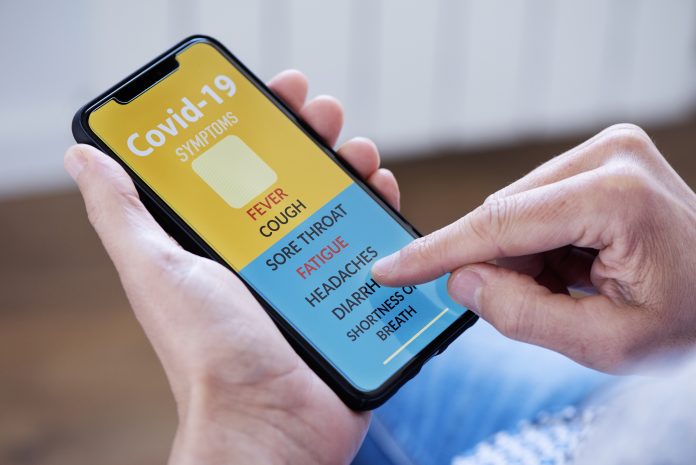Tom Bianchi, VP of digital experience company, Acquia, explores how content can engage and better connect citizens with local authorities
Everyone knows that the UK government has been under pressure these past few months. And added to this pressure has been the challenge of communicating complex – and rapidly changing – policies to the British public. The official government website, plus social media channels and contributed content from ministers, had to be kept up to date with written guidelines and advice, videos, webinars and infographics. But while the government may have been under pressure, it at least has communications, PR and marketing team behind it easing this somewhat.
What many people know less about is the significant pressure faced by another group during this same period: local authorities. From unity authorities and county councils to district, borough, town and parish councils: these groups have also had to communicate effectively with the public. What many haven’t had is the comms teams supporting them. Instead, they’ve relied on the digital domain.
Councils giving counsels
Key COVID-19 guidelines and legal regulations communicated by local authorities have had to align with the rapidly-changing government-set agenda. However, local authorities have also had to tailor their communications to the specific needs of their local communities. With the risk, distribution, and numbers, of COVID-19 cases fluctuating since March, the needs of different UK regions have been equally volatile. Just look at the current situation in Leicester, a city facing a local lockdown while the rest of the UK ‘enjoys’ an easing of restrictions. Local authorities have had to be quick on their feet, maintaining a close link with local businesses and providing a crucial lifeline for citizens accessing services. Advice needed to be clear, accurate and communicated in a timely fashion.
For much of H1, the digital domain has been the primary domain for the majority of engagements. We’ve been going online to shop, to consume media, to work, and to work out. Engagements with brands in such spaces usually involve multiple touchpoints and browsing over extended time periods. When a constituent engages with a local council, on the other hand, they’re almost always looking for immediate solutions. They don’t want to search through multiple web pages or navigate multiple channels of communication before they can connect with a council representative.
The pandemic has highlighted just how under-prepared many local authorities were, and just how much farther they need to move towards digital transformation. Moving services online, scaling up an online presence and increasing channels of communication are tough tasks in a short time period – and with very little warning. Fortunately, one council had already done the groundwork, placing it in a strong position when COVID-19 hit and enabling it to serve the needs of its 80,000+ constituents. Through leveraging an open-source approach, Harlow Council were able to tap into a community of experts to help it transform at speed. And as digital experience becomes more important than ever, its example is one other councils should follow.
Say Harlow to digital transformation
Like all local authorities, Harlow Council is a trusted authority and source of information to the community. Its digital services must cover everything from information on recycling through to applying for planning permission. And, since February this year, that includes guidance on COVID-19.
Last year, Harlow Council underwent a significant stage in its digital transformation, with a website re-platform and redesign. The key aim of this was to put the user at the centre: for too long it had been council staff, rather than citizens, that the site was designed around. The re-platform and redesign ensured that the site was easy to navigate and that content was accessible and presented clearly. Any engagement a user had – whether booking a mattress collection or applying for a business grant – was convenient, and streamlined.
The timing of the project was fortunate. No one could have predicted the events of this year, but the nature of the site revamp meant that Harlow Council has in a prime position to adapt to the circumstances. The use of open-source architecture was key. The flexibility of using an open-source solution allows the Council to better manage content and easily scale capacity when a greater number of devices access the site simultaneously.
This is exactly what happened when COVID-19 hit. During April, Harlow Council’s website saw an unprecedented 12% increase in traffic. It proved to be robust: citizens continued to visit the site and access essential information, enjoying the same ease of use and responsiveness as in pre-COVID times. The ease of use at the site’s back-end was also important: team members were able to work together to quickly create and post new COVID-related content to the site. The new layout meant that site visitors could quickly find the information they were looking for.
Of course, all of these factors have always been important in website design and visitor engagement. Yet this is dramatically elevated in crisis situations during which face-to-face contact is almost impossible. Over the past few months, the ability to leverage a virtual platform to engage on a personable, human level has never been more important. And at a time when councils are facing budget cuts and resourcing challenges, it is open source technologies which will enable local councils to deliver meaningful digital experiences, and better serve constituents in these challenging times.











